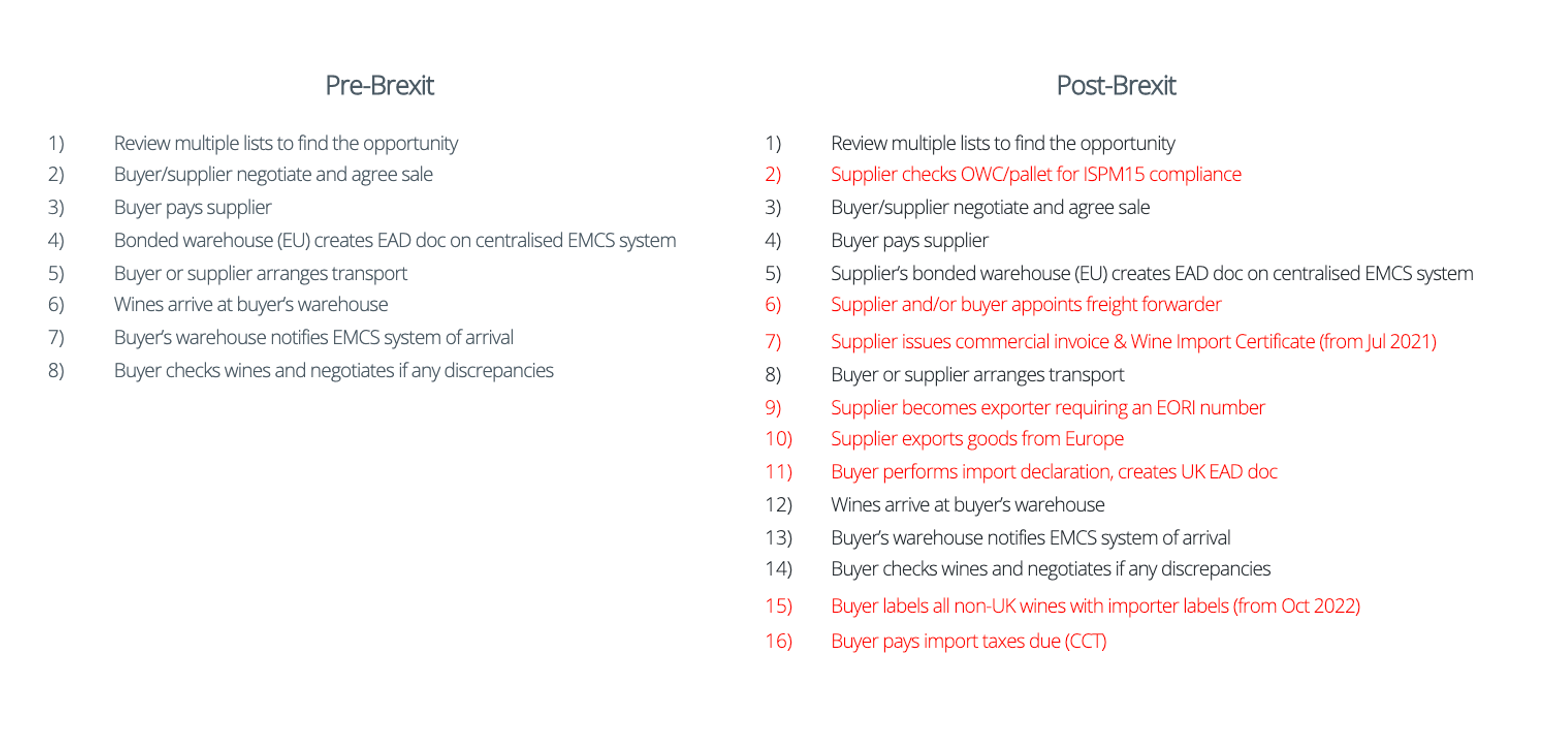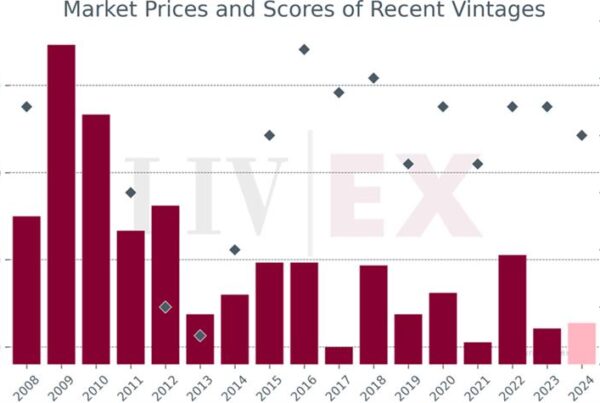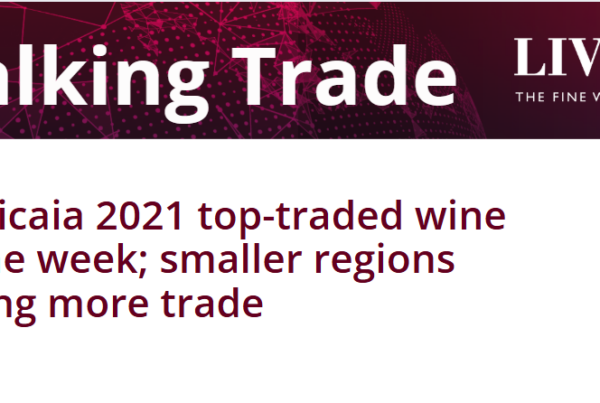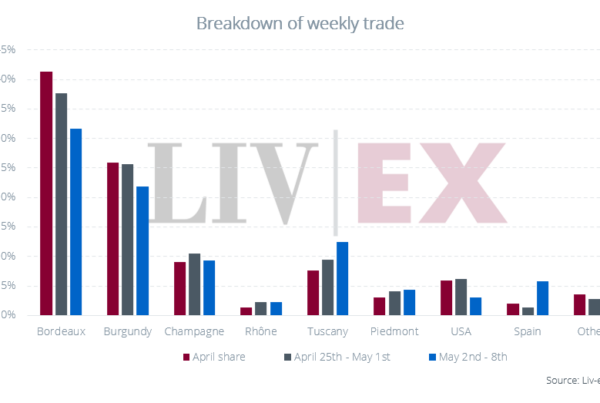UPDATE (26/07/21) – SINCE THIS ARTICLE WAS PUBLISHED, WE’VE RECEIVED THE WELCOME NEWS THAT THE UK GOVERNMENT IS SCRAPPING VI-1 FORMS FOR ALL IMPORTS OF WINE INTO THE UK. READ MORE HERE
The UK is now trading with the EU as a non-member state. This post outlines what has changed for the fine wine trade, and how merchants can avoid the burden of additional admin.
More than a week has now passed since the end of the Brexit transition period, and professional wine buyers in the UK are now importing stock as a non-EU member state.
The end of the year brought some very good news for the trade. The complex, costly, VI-1 import forms will not be introduced for EU imports from July as originally planned. Instead, a less complicated Wine Import Certificate will be brought in for European and UK wines. Per guidance from the WSTA, it will not require lab samples, but asks for product information like producer name and grower region. Non-European/UK wines moving between Europe and the UK will now require VI-1 forms.
Despite this victory, the UK’s departure from the Customs Union and Single Market has still left wine merchants in both the UK and EU with additional admin, and therefore extra costs. In the first week of the year, we’ve already heard grumbles from wine merchants about the burden of filling out these extra forms, and following additional steps, on both sides of the channel.
These additional steps include ensuring the stock is ISPM-15 compliant – a legal requirement for wood packaging material which is intended to prevent the spread of plant diseases and pests. The supplier and/or buyer also needs to appoint a freight-forwarder and issue commercial invoice to comply with new import regulations. This adds an extra counterparty and, with it, costs and paperwork.
The supplier also needs an EORI number to export outside of its customs area, while the buyer needs to perform an import declaration and create an EAD document. Finally, import taxes are due.
In the future, further requirements will be added. The Wine Import Certificate will be required in the UK from July 2021, and importer labels will be required for wine sold into the UK from October 2022.
Webinar extract: Sales from EU to UK
This leaves merchants on both sides of the channel grappling with new processes – time that could be better spent serving their customers and growing their businesses.
How to avoid extra admin
Over the past four years, the Liv-ex team has been working hard to minimise the impact of Brexit for the 500+ retailers and importers who buy and sell wine via its marketplace.
We have also worked to leverage the economies of scale that come with being a marketplace of this size.
In short, Liv-ex members can continue to trade as normal when buying and selling on the Liv-ex marketplace. Liv-ex is taking care of all extra administration brought in by Brexit, and offering regular, low-priced shipments between the UK and EU. Since the change, we have successfully shipped over £2m of wine across the channel with little in the way of disruption nor delay
Find out more
We described this new bureaucracy on a recent webinar for our merchant members. In it, we cover the steps now necessary to move wine across the border, and how much simpler this becomes via Liv-ex. Watch the webinar to find out more.
If you are a member of Liv-ex, we encourage you to speak to your Account Manager to discuss how we can support you. Prospective members are welcome to contact our team to request a demo of Liv-ex.



